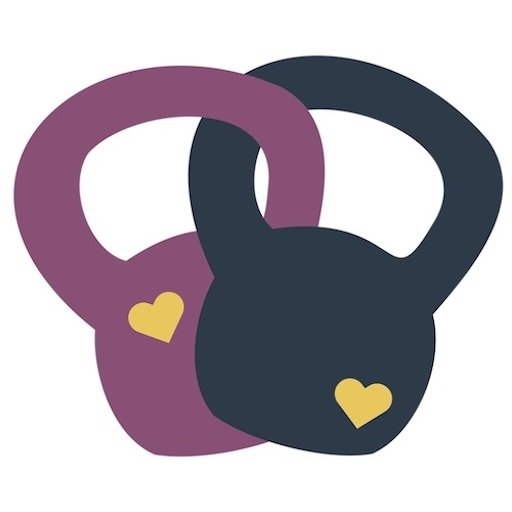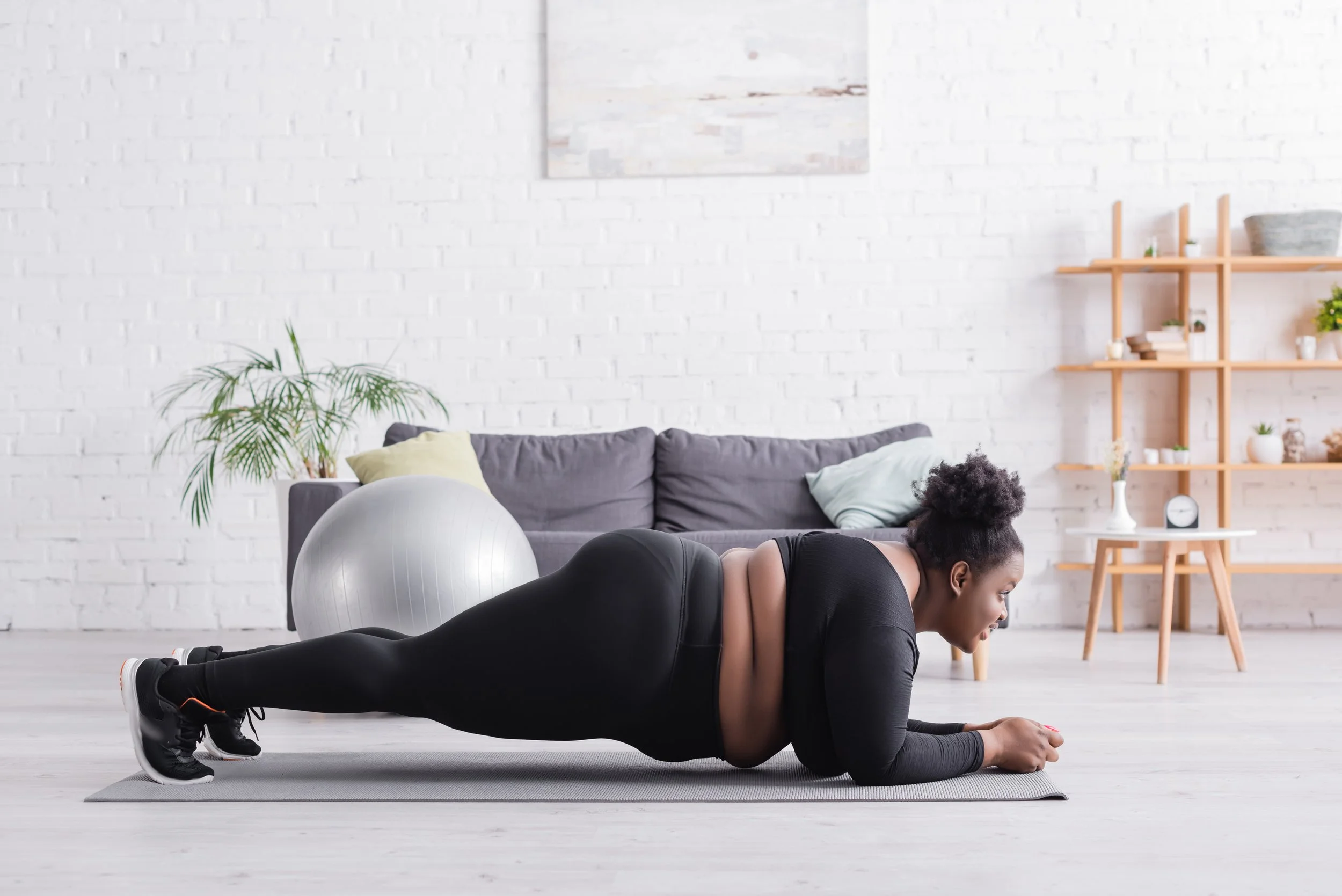Movement as Self-Care During Grief, Trauma, and Depression
By Angel Austin
When life feels heavy; when grief, trauma, depression, or a significant loss leaves us incapacitated, movement can often feel impossible. Even watching the news and learning about all of the horrific and unjust things taking place with our government can make thinking about just one more thing to do feel overwhelming. Past trauma around movement can make things even more oppressive.
I'm learning that it is precisely during these times that gentle, compassionate movement has the potential to become a form of self-care. It's becoming like an anchor in the storm for me.
Your movement doesn’t need to look anyone else's.
It doesn't have to be a "workout", a class, or even getting out of bed. It can be as small as stretching your fingers, circling your ankles, or taking a single deep breath that expands your ribs. Movement can meet you exactly where you are. It's no more than an opportunity to reconnect with your body.
Movement Can Play a Role in Your Healing
Our bodies store emotions, trauma, and stress. When we experience significant loss or overwhelming hardship, it’s easy to become disconnected from our physical selves. Movement, no matter how small or what kind, can help us process these emotions and re-establish that connection. Research has shown that gentle movement supports the nervous system, improves circulation, and releases endorphins, even during times of deep distress.
But perhaps more importantly, movement can remind us that we are still here. Sometimes, that can be enough. It can feel like an act of resistance against the overwhelming numbness or despair.
Redefining and Reclaiming Movement
When traditional ideas of exercise feel daunting, remember that movement is not a one-size-fits-all concept. Here are some ways to approach movement as self-care:
"Micro"-Movements count! Stretch your fingers, wiggle your toes, or slowly turn your head from side to side. These tiny gestures are also considered movement and can feel accessible when larger motions feel impossible.
If getting out of bed or off the couch is too much, explore reclined or seated stretches. Circling your ankles, gently lifting your arms, or even engaging in isometric holds can ground you without demanding more than you have to give. We've actually created an interactive .pdf called "Reclined Mobility and Strength" (Link - 10x10 Reclined Mobility & Strength) that is sure to be helpful for you.
Your breath is movement, too. Breathing deeply, expanding your belly, holding briefly, and exhaling slowly, can calm your nervous system and foster a sense of presence.
If you feel capable of standing or walking, consider taking short walks. Focus on the sensation of your feet meeting the ground and the rhythm of your steps.
Dance in your room to a favorite song, sway in your chair, or engage in gentle yoga or tai chi. Movement doesn’t have to be structured to be meaningful.
On some days, stillness itself can be a form of self care. Tuning into your body and allowing yourself to simply exist without judgment is a profound act of care.
Movement as Consent and Compassion
When living through grief or depression, it’s critical to approach movement with consent and compassion. Ask yourself what your body needs today, and listen deeply to its answer. There’s no room for guilt or shame, just grace. Remember, rest is also a valid and essential part of healing.
Instead of focusing on results or goals, shift your perspective toward how movement makes you feel. Does it help you breathe more easily? Bring a moment of peace? Offer a sense of accomplishment? Does it help you rest? Does it just help you feel stronger and more in control? Celebrate these small victories.
Creating Rituals of Movement
During times of emotional overwhelm, creating simple, consistent rituals around movement can provide stability. This could look like:
Stretching your arms above your head each morning before getting out of bed.
Taking three deep breaths before meals.
Walking to a nearby park every Saturday to sit on a bench and observe.
Doing leg lifts, leg stretches, or other reclined movement every night before you sleep.
These rituals, however small, can create a sense of normalcy and give structure to otherwise chaotic days.
Movement Is a Form of Love
When grief or depression makes it hard to care for ourselves, movement becomes an act of self-love. It reminds us of our worthiness and our humanity, even when everything feels broken. It's a way to pour into ourselves when our cups feel really empty.
Movement can't fix everything, but it offers a gentle hand, guiding us toward ourselves, one small step, stretch, or breath at a time. In moments of deep pain, that might be enough. And that’s okay.
We are enough, exactly as we are, whether we move today or not. Movement is a tool to be used by us, for us.



